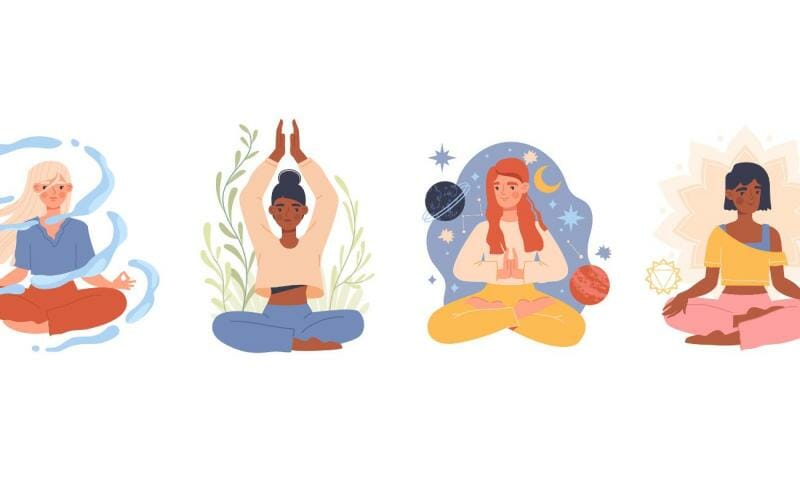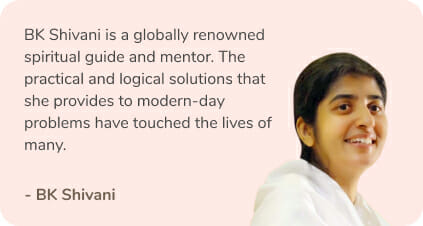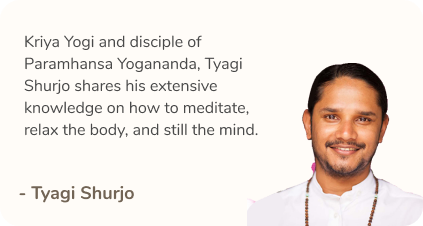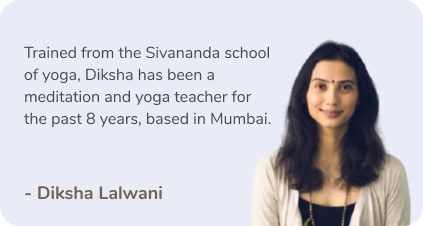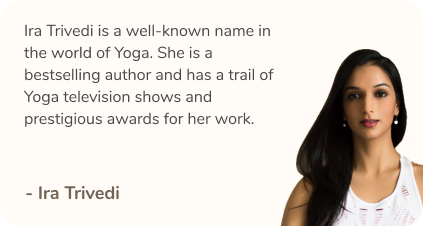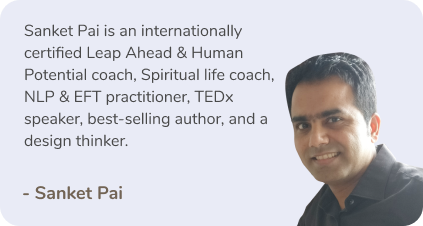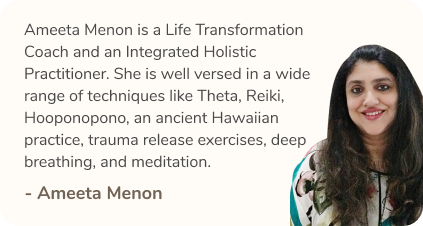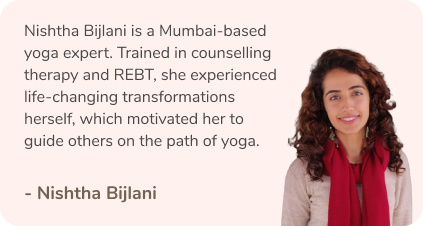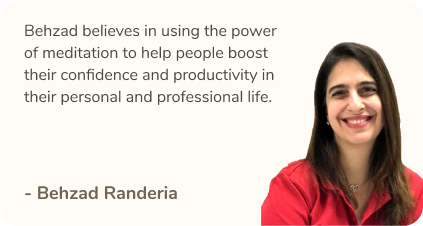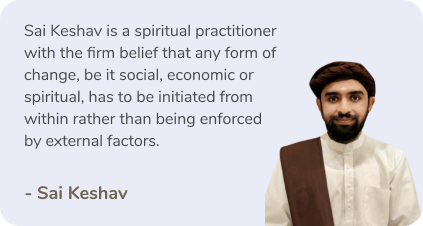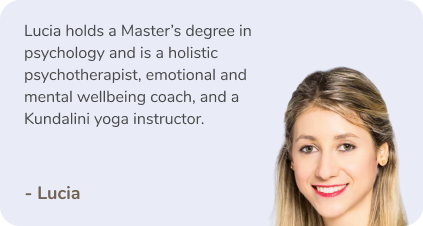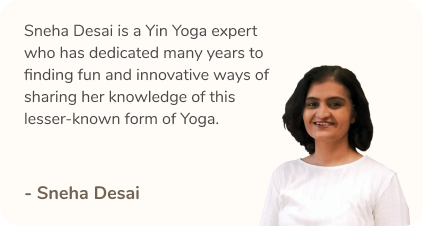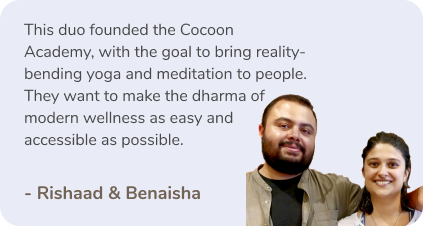Defined as an ancient wellness technique that propels a heightened state of awareness and focused attention, the different types of meditation to achieve enlightenment guide us toward stress release and a healthier perspective on life.
Stemming from ‘meditatum’, a Latin term which means ‘to ponder’, meditation can help us seek a better connection with our body and create a higher awareness for our emotions and behaviours. Instead of looking at it as a way of turning off your negative thoughts and feelings, consider it an observation of emotions without indulging in judgment.
Research has proven meditation to be helpful for stress and anxiety as well as focus, concentration, and relaxation. The good news is everyone can do it, but before we get into the how, let’s learn where it came from, what different types of meditation there are and why it’s so crucial for our wellbeing.
So, Which Type Of Meditation Can Help You Achieve Enlightenment?
Morning Meditation
A morning meditation practice can do wonders for your focus as soon as you wake up in the morning and can even regulate your stress levels throughout the day. One of the most popular types of meditation, when done first thing in the morning can also help set an intention for the rest of your day and help you tackle your to-dos with a clear and energized mood. A few other benefits are:
Lowers stress and anxiety levels
Improves mood
Boosts productivity and focus
Walking Meditation
Walking is an inherent ritual that we perform every single day, almost as if we’re on auto-pilot. But as soon as we step out of our homes, our mind steps into the world as well. Wandering, thinking thoughts it’s anxious about, dwelling on the day’s events, planning scenarios and situations. Meditating while walking can help us connect with our body and bring our mind to the present, relaxing it to focus better.

This is one of the easiest types of meditation and can be practiced by walking in a circle, back and forth in a straight line, or in the form of a labyrinth. It can also be done over a long distance. Instead of focusing on our breath, which we do during meditation, our focal point here is the rhythm of our steps. As explained perfectly by the Vietnamese meditation master and peace activist Thich Nhat Hanh, “we should imagine that we print peace, serenity, and happiness on the ground.”
The pace can be slow, depending on your body and mind’s preference. You can break each step into six parts or simply stroll mindfully as you please. You could also chant a mantra or count your breaths. The finer details vary depending on the specific technique. A few examples of walking meditation are:
- Kinhin
- Theravada
- Vipassana
Mindfulness Meditation
Let us begin by giving you a scenario. You’re preparing lunch at home and thinking about an urgent work email. Then you jump to thinking about where to hang out with friends during the weekend, and then start thinking about what to cook for dinner.
This constant train of thoughts keeps us from being in the present. We are either thinking about what happened, or what will happen. We’re so in rush to complete tasks that we lose out connection with the present moment. And amidst all this, we rummage through our days looking for peace. Does this happen to you? The solution to this is mindfulness meditation. This is one of the best types of meditation to achieve enlightenment.
Vipassana Meditation
Translated as “insight”, Vipassana means a clear awareness of what is happening while it is happening. In Buddhism, there are two essential types of meditation, Vipassana and Samatha. Samatha is the practice is putting your body and mind in a state of tranquillity by focusing on one thing. Vipassana addresses the other aspect which is insight.

In Vipassana meditation, you “see things as they really are”. You observe your thoughts and emotions without judgment or repenting. You observe your inner self and don’t put pressure on controlling or understanding the experience. The method comes from Satipatthana Sutta or Foundations of Mindfulness, a discourse attributed to Buddha himself. The final goal is to help you quiet your mind, focus on the present, accept your thoughts, feelings, and sensations for what they are, dwell less on the past, worry less about the future, and respond to situations with a sense of reality instead of preconceived ideals and notions.
You slowly concentrate to strip away the illusions that hold you back from living a life of reality. You do this by cultivating a high sense of awareness. A gradual process, Vipassana encourages meditators to keep on increasing their awareness by shining light onto the inner workings of reality. It proceeds over a period of years but trains the meditator to become attuned to the life flowing inside of him. It includes attentive listening, mindful seeing, and careful testing. You learn to sense fully, touch completely, and be aware of the changes happening in your experiences.
Guided Meditation
In guided meditation, the teacher walks you through the workings of the mind and how it behaves during the practice. They may also explain several different techniques and how you can incorporate them into your everyday life. A few techniques are explained below:
- Visualisation meditations
This technique promotes imagining calming scenes, relaxing scenarios and positive events that you may have a past connection with. They work best to help you prepare for high-performance opportunities such as athletic events, big presentations, important negotiations, or even office confrontations.
- Emotional release meditations
These meditations help you let go of negative emotions suppressed in your body. The practice observes these emotions and locates the stress it is producing in your body before releasing them. This is a great technique if you’re looking to improve your emotional wellbeing.
Practice this guided meditation to help you control your emotions better.
- Progressive muscle relaxations
These techniques guide you to tense and relax your muscles and release stress accordingly. By noticing the contrasting feeling of relaxation you’re more aware of where your body holds tension. It enables you to achieve a higher state of relaxation, mentally, emotionally, and physically.
- Breath awareness meditations
Stress and emotional tensions have effects on our breathing as well. As we pile on daily tensions in our mind and body, our breath becomes strained. Breath awareness meditation makes you focus on your breath throughout the session. You focus on the cleansing sensation of breathing out toxins and the fulfilling sensation of taking in a full, deep breath.
- Focused attention meditations
Focused attention meditations are wonderful for those who wish to improve their concentration. The practice of this type of meditation encourages you to put your focus on a single object. It could be your breath, a sound, sensation, visual, or even a part of your body. As and when your mind wanders, you bring your attention back to the established focus point and hone your mindfulness and concentration.
Spiritual Meditation
Spiritual meditation is an experience and a way of life, a type of meditation to achieve the highest form of enlightenment. In its vast sense, it’s about forming a deeper connection with your spirit or individual self. It’s rooted in self-reflection and all-encompassing spiritual awareness. The progress of spiritual enlightenment is slow. Different religions practice this in different ways. Spiritual meditation has a ripple effect. Benefiting not only those who practice but also all those with whom they are associated.
Focused Meditation
Focused meditation can be a useful tool for people who want to try meditation for stress relief. This meditation style allows you to focus your attention on an object, sound, or sensation rather than trying to achieve a clear mind without a specific focal point. You do not need an instructor for the same which makes it accessible to anyone with a few minutes of time, something to focus on, and a quiet place.
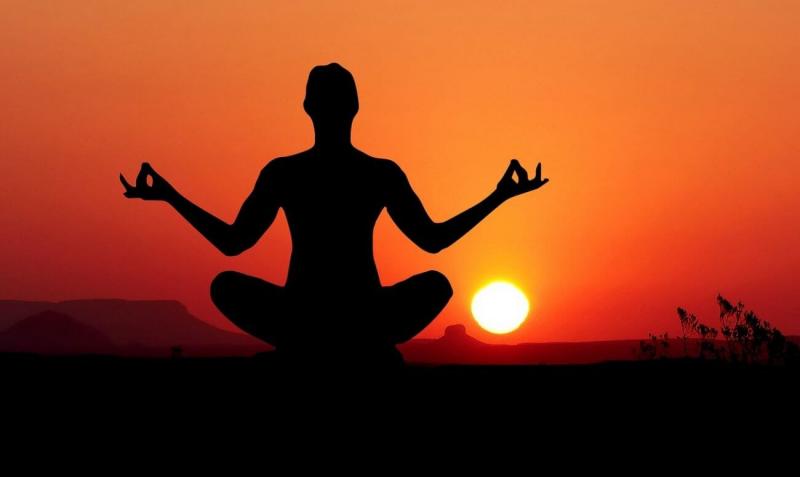
Being able to exercise focused attention simply means being able to direct your attention, becoming aware of your mind has wandered, and then being able to redirect it and focus. Focused meditation can also be of great help to people who have short attention spans.
Movement Meditation
Simply put, it is a type of meditation in which we are moving; and the #1 thing to keep in mind while practicing it is being mindful. For example, being mindful of your muscles as they move, or the feeling in your feet against the floor as you move.
By doing so, you’ll become aware of the different parts of your body, your heartbeat, your breathing, and even otherwise ignored parts such as hips, elbow, or cheek. You begin to pay attention to your body’s movements, and how it feels as it moves, bends, and twists. It’s one of the best meditations for stress, as slow movements will relax and calm your mind.
Something as simple as sitting on a beach in a blissful state and picking up handfuls of sand can be movement meditation.
Mantra Meditation
Mantra is an ancient Sanskrit term that comprises two root words, ‘Man’ which means mind, and ‘Tra’ which means to release. So, mantra basically means releasing the mind.

A mantra is a word or a phrase that you repeatedly use to get into a certain frame of mind. It helps you release all the unwanted thoughts and focus on what is important instead. Mantra meditation is especially helpful to those who find it difficult to calm down and concentrate on themselves with a single-minded focus.
Transcendental Meditation
Transcendental meditation is a type of Mantra Meditation, but do not get it confused with Mantra Meditation. Also, the goal of transcendental meditation is to go beyond the thinking process. Unlike other meditation techniques, this meditation emphasizes the fact that the human mind is capable of going into a tranquil state without outside effort, but only if it is given the right tools. The tools that TM uses are mantras.
Progressive Relaxation
Progressive relaxation is an anxiety reduction meditation technique that divides the muscles into different groups and uses muscle energy to reduce stress and tension and help the body to naturally relax. Progressive relaxation techniques also help in loosening these tensed muscles and relaxing. Especially helps those who suffer from depression, social anxiety disorder, and acute stress.
Loving-Kindness Meditation
This is a popular self-care technique that can be used to boost well-being and reduce stress. Practicing this meditation helps you increase your capacity for meditation, forgiveness, connection to others, and self-acceptance. It often takes practice to allow yourself to receive your own love or to send it. Research shows that Loving-Kindness Meditation has tremendous benefits from greater well-being to providing relief from illness and improving emotional intelligence.
Conclusion
One thing that you need to keep in mind is that meditation doesn’t yield immediate results. It takes time to see the optimal benefits and the best way to get there is consistent practice.
Instead of worrying about how long you meditate, try to make it a habit by including it in your daily schedule. Meditating daily at the same time and place sets a routine and helps you get there.
Lastly, commit to yourself and your future and know that it is going to be worth it.
How do you plan to make meditation a part of you?
Read more: What Meditation Can Do For Your Mental Health, Mood & Fitness?
Like & Follow ThinkRight.me on Facebook, Instagram, Twitter, Pinterest and Telegram to stay connected.
